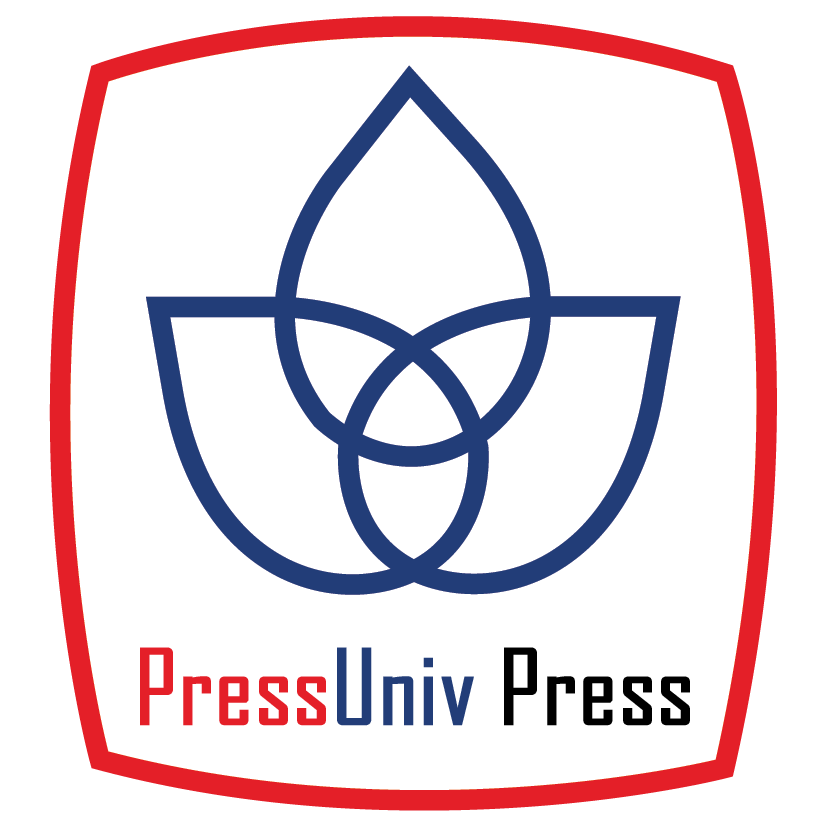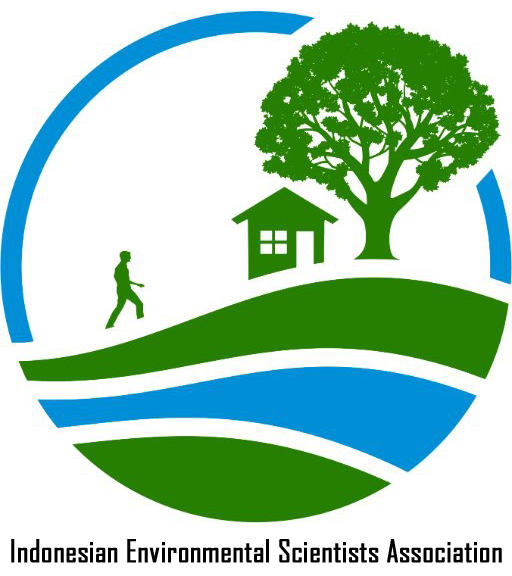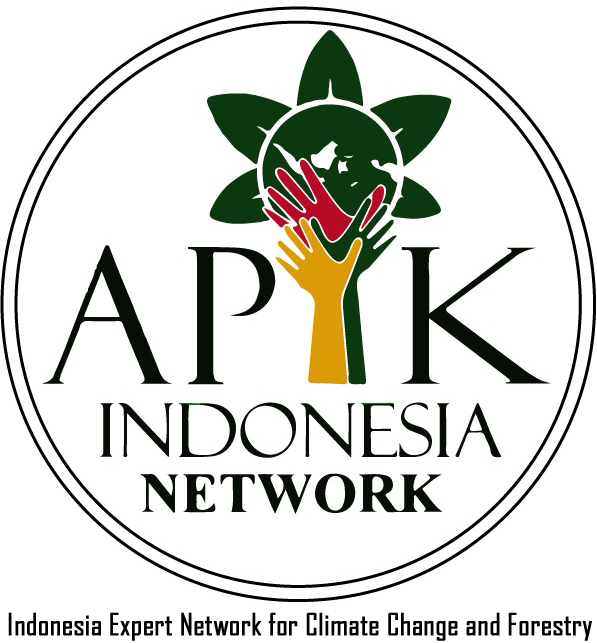The Utilization OpenCV to Measure the Water Pollutants Concentration
Abstract
Full Text:
PDFReferences
G. Luka et al., “Microfluidics integrated biosensors: A leading technology towards lab-on-A-chip and sensing applications,” Sensors (Switzerland), vol. 15, no. 12, pp. 30011–30031, 2015, doi: 10.3390/s151229783.
E. Samiei, G. S. Luka, H. Najjaran, and M. Hoorfar, “Integration of biosensors into digital microfluidics: Impact of hydrophilic surface of biosensors on droplet manipulation,” Biosens. Bioelectron., vol. 81, pp. 480–486, 2016, doi: 10.1016/j.bios.2016.03.035.
D. N. Myers, “Why monitor water quality?,” United States Geol. Surv., pp. 240–241, 2014, doi: 10.1016/j.jcrs.2013.12.013.
P. M. K. R. Indonesa, “STANDAR BAKU MUTU KESEHATAN LINGKUNGAN DAN PERSYARATAN KESEHATAN AIR UNTUK KEPERLUAN HIGIENE, SANITASI, KOLAM RENANG, SOLUS PER AQUA, DAN PEMANDIAN UMUM,” Peratur. Menteri Kesehat. Republik Indones., 2017.
C. Oleari, Standard Colorimetry Definition ,Algorithms, and Software, 1st ed. United Kingdom: John Wiley & Sons, Ltd, 2016.
D. Harvey, Modern Analytical Chemistry, 1st ed. United States: McGraw-Hill Higher Education, 2000.
K. L. Diehl and E. V. Anslyn, “Array sensing using optical methods for detection of chemical and biological hazards,” Chem. Soc. Rev., vol. 42, no. 22, pp. 8596–8611, 2013, doi: 10.1039/c3cs60136f.
S. Capel-Cuevas et al., “A compact optical instrument with artificial neural network for pH determination,” Sensors (Switzerland), vol. 12, no. 5, pp. 6746–6763, 2012, doi: 10.3390/s120506746.
C. L. Lonsdale et al., “The Use of Colorimetric Sensor Arrays to Discriminate between Pathogenic Bacteria,” PLoS One, vol. 8, no. 5, pp. 2–9, 2013, doi: 10.1371/journal.pone.0062726.
A. Abbaspour, M. A. Mehrgardi, A. Noori, M. A. Kamyabi, A. Khalafi-Nezhad, and M. N. S. Rad, “Speciation of iron(II), iron(III) and full-range pH monitoring using paptode: A simple colorimetric method as an appropriate alternative for optodes,” Sensors Actuators, B Chem., vol. 113, no. 2, pp. 857–865, 2006, doi: 10.1016/j.snb.2005.03.119.
L. Sun, The structural behavior of overlaid asphalt pavements. 2016.
Acharya, Image Processing: Principles and Applications [book review], 1st ed., vol. 18, no. 2. Canada: John Wiley & Sons, Ltd, 2005.
R. Hakiki and T. Wikaningrum, “The Prospect of Digitally Enhanced Colorimetry As an Analytical Method for Water Quality Determination,” Indones. J. Urban Environ. Technol., vol. 2, no. 2, pp. 146–163, 2019, doi: 10.25105/urbanenvirotech.v0i0.4362.
G. S. Luka, E. Nowak, J. Kawchuk, M. Hoorfar, and H. Najjaran, “Portable device for the detection of colorimetric assays,” R. Soc. Open Sci., vol. 4, no. 11, 2017, doi: 10.1098/rsos.171025.
T. Ringenson, M. Höjer, A. Kramers, and A. Viggedal, “Digitalization and environmental aims in municipalities,” Sustain., vol. 10, no. 4, pp. 1–16, 2018, doi: 10.3390/su10041278.
A. Pajankar, Raspberry Pi Computer Vision Programming. MUMBAI: Packt Publishing Ltd, 2015.
G. B. Garcia, Learning Image Processing with OpenCV. Birmingham-Mumbai: PACKT, 2015.
O. J. Frp et al., “for Face Recognition,” vol. 6, pp. 485–490, 2020.
N. Gupta, P. Sharma, V. Deep, and V. K. Shukla, “Automated Attendance System Using OpenCV,” pp. 1226–1230, 2020, doi: 10.1109/icrito48877.2020.9197936.
Ashwini, V. Balaji, S. Srinivasan, and K. Monisha, “Real Time Facial Recognition System,” New Trends Comput. Vis. Bio-inspired Comput., vol. 5, no. 8, pp. 1721–1726, 2020, doi: 10.1007/978-3-030-41862-5_175.
“OpenCV-Python Tutorials Documentation Release beta,” 2017.
D. Apriyanti, V. Indria Santi, and Y. Dianinayati Siregar, “Pengkajian Metode Analisis Amonia Dalam Air Dengan Metode Salicylate Test Kit,” J. Ecolab, vol. 7, no. 2, pp. 60–70, 2013, doi: 10.20886/jklh.2013.7.2.60-70.
M. Douglas C, P. Elizabeth A, and V. G. Geoffrey, Introduction To Linear Regression Analysis, Fifth. Canada: John Wiley & Sons, Inc., 2012.
M. Pagano, “Simple linear regression and correlation, continued.,” Nutrition, vol. 11, no. 3, p. 319, 1995.
NURYADI, TUTUT DEWI ASTUTI, ENDANG SRI UTAMI, and MARTINUS BUDIANTARA, Dasar-Dasar Statistika Penelitian. SIBUKU MEDIA, 2017.
DOI: http://dx.doi.org/10.33021/jenv.v6i2.1475
Copyright (c) 2021 Riri Asyahira Sariati Syah

This work is licensed under a Creative Commons Attribution-ShareAlike 4.0 International License.
Journal of Environmental Engineering and Waste Management Published by PresUniv Press, in collaboration with IESA and APIK Indonesia Network




